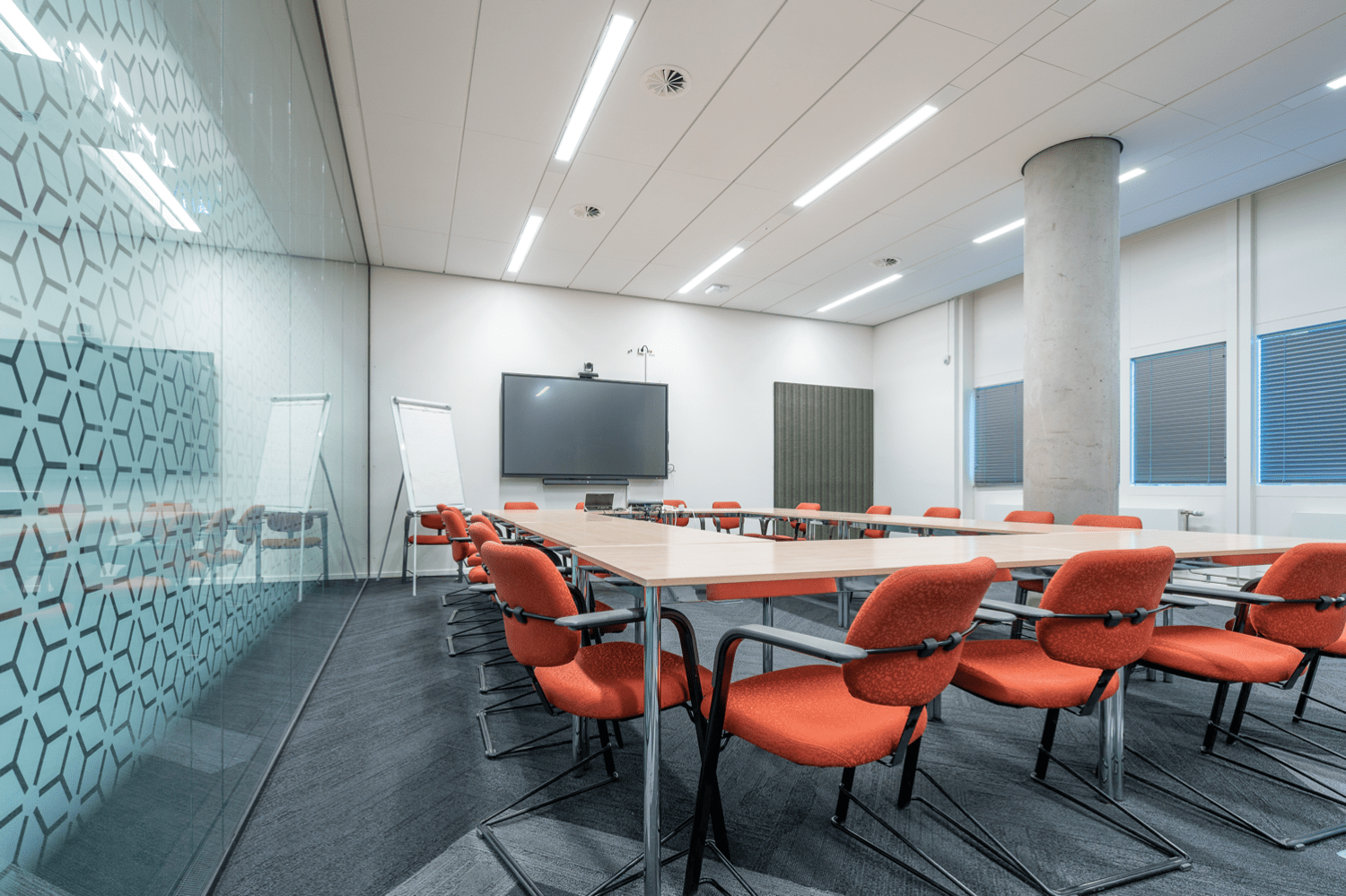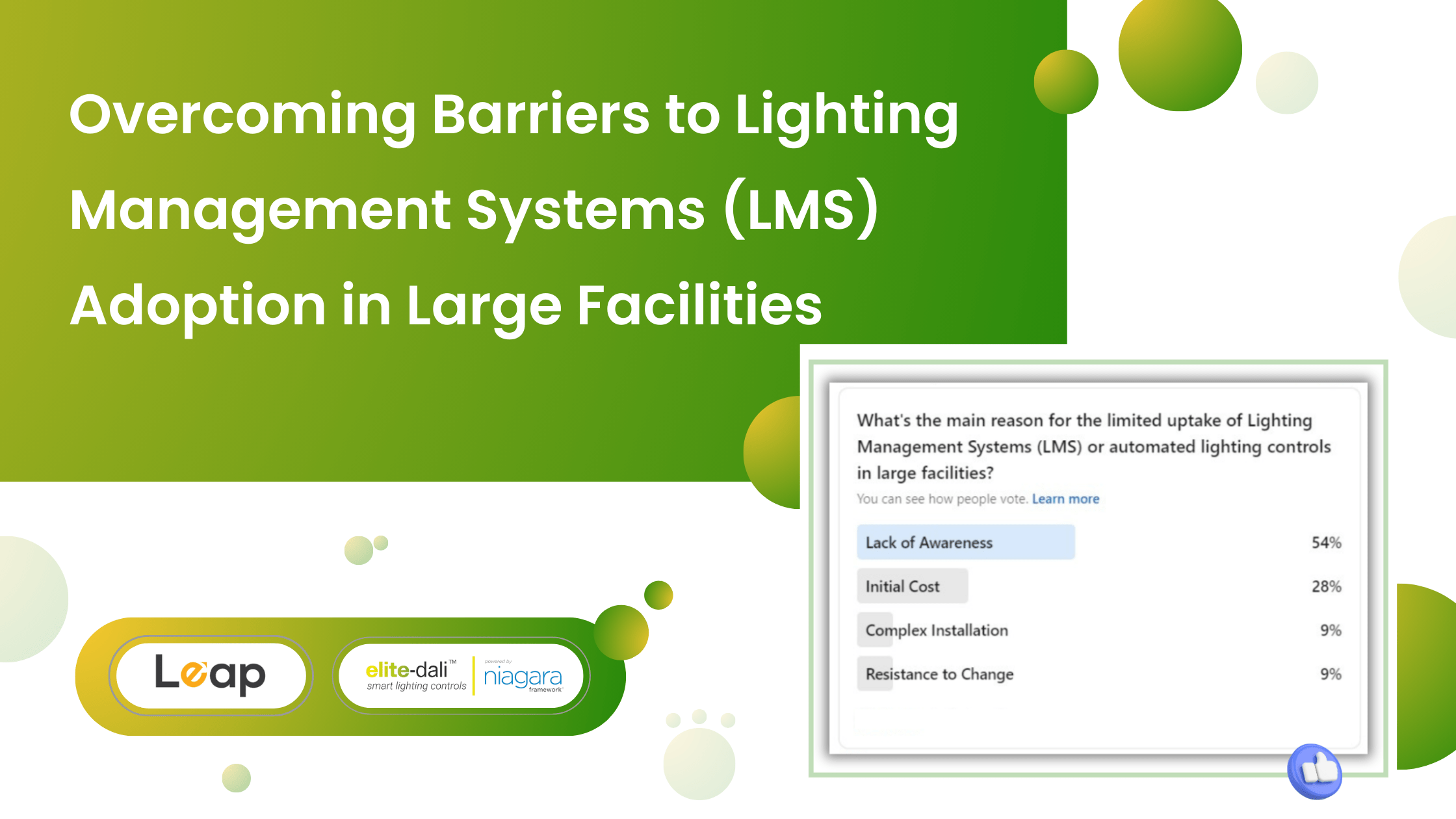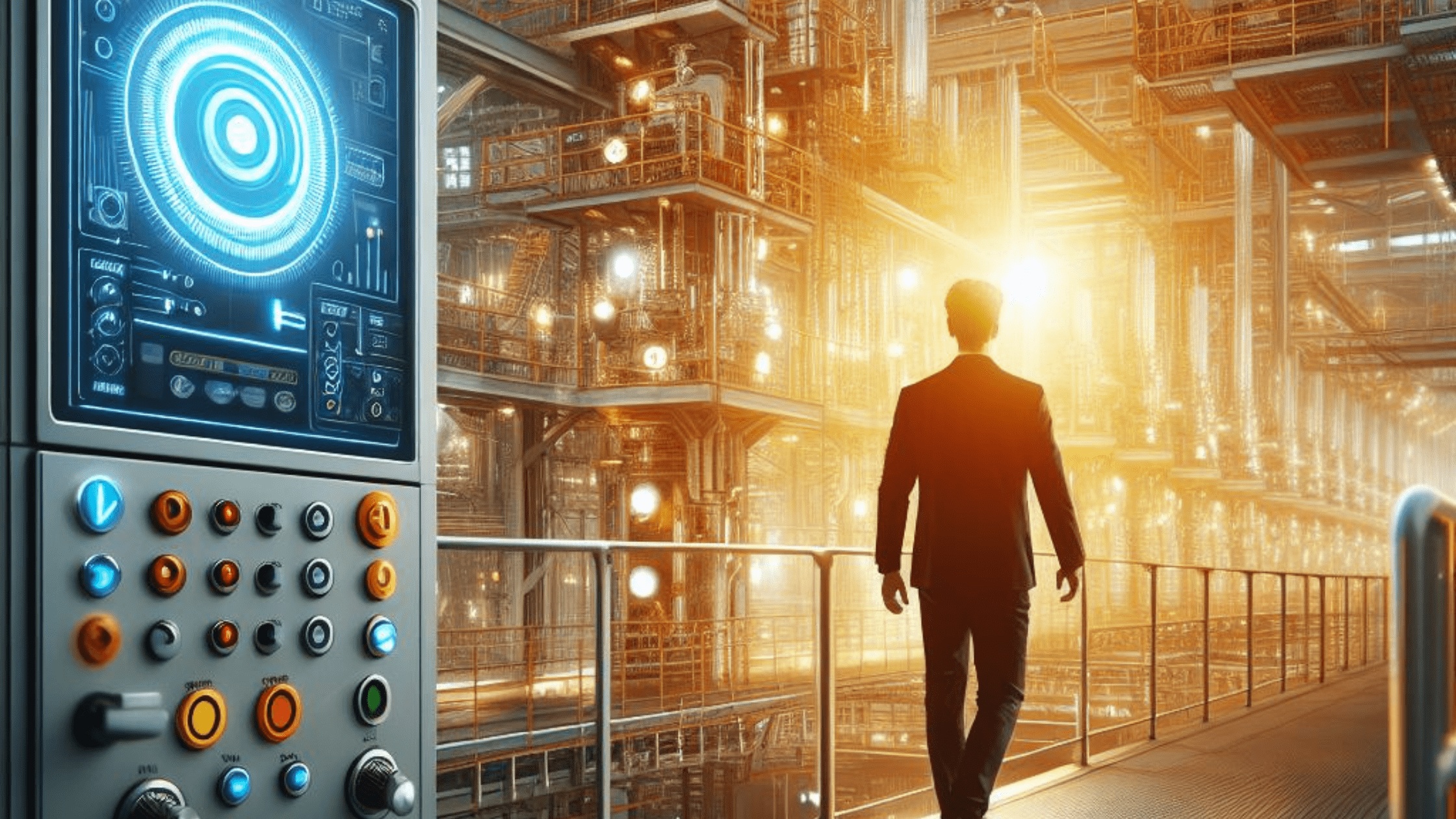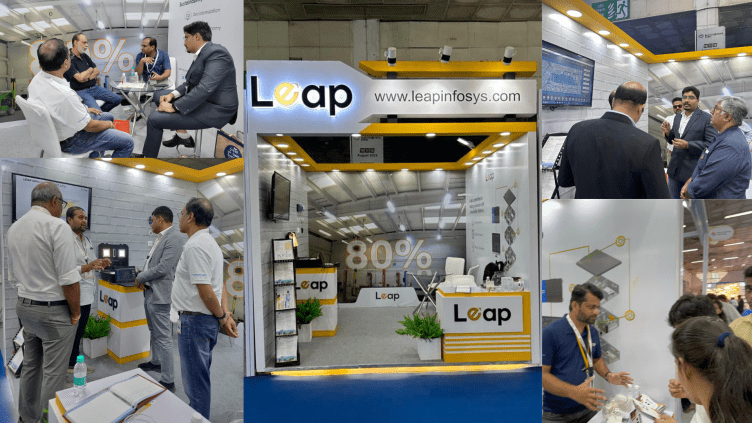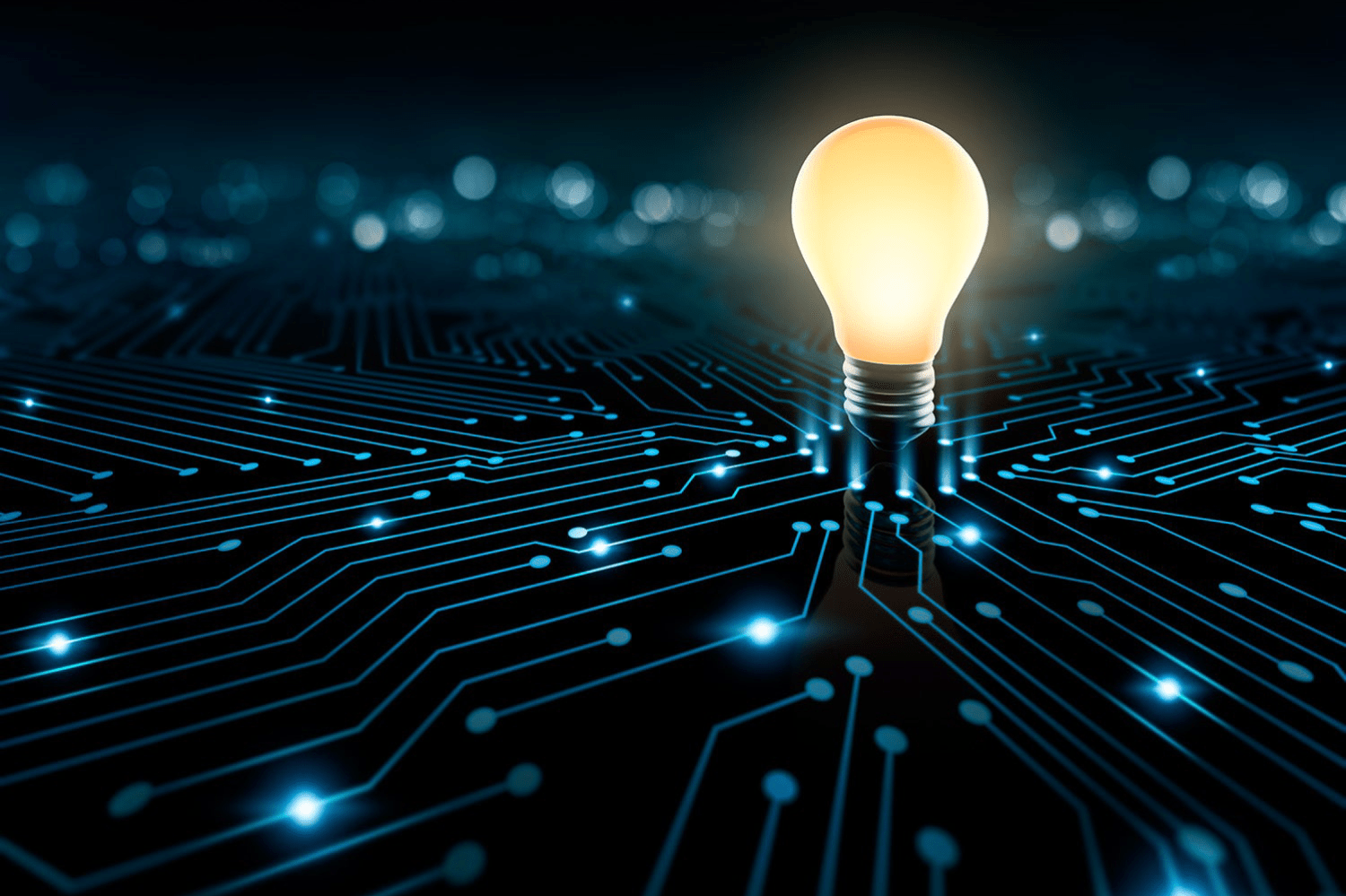Decoding Benefits Of Automated Lighting Systems
The concept of digitizing everyday use products is increasingly becoming popular with the convergence of different technologies in the product automation market. Pervasive computing can embed computational power in any equipment whatsoever, and lights are no exception. This technology helps lights in communicating and performing functions as per the user’s requirement.
This, in a nutshell, forms the basis of automated lighting systems. But why do you really need automated lighting? Can the architecture of these seemingly complex systems merge into your building? Let’s find answers to all such burning questions in this article today.
Table of Contents
What Is A Smart Lighting System?
On the face of it, an advanced and modern way of lighting is known as smart lighting. The technical arrangement that makes it possible is referred to as a Smart Lighting System. A very common model of smart lighting is having smart LED bulbs installed at various places, which communicate via sensors with a smart software assistant or a mobile app. These allow you to automate your lights, and change them as per your preference remotely. A smart lighting system comes in handy in situations where you need to turn all lights off or on together, and instead of pressing every switch individually, a single click does the job.
Understanding The Design Of An Automated Lighting System
The automatic operation of lighting systems requires a set of sensors for every light. These sensors are the basic functional units that help in controlling decisions related to the switching on or off of these lights and also their illumination. However, the precision with which these sensors detect and transmit information is quite dicy. This is because the prevailing weather conditions greatly affect the sensor readings.
You can understand the difference and level of uncertainty associated with light and exposure in the morning, afternoon, and evening and also when the weather is a bit cloudy. Therefore, since sensors alone cannot handle the computational complexity of accommodating such uncertainty, automated lighting systems require a logic system too.
Every automated lighting system has a monitoring and control system. A common way of creating both these systems is via server computers and mobile devices, respectively. The communication between the mobile phone (microcontroller) and the computer server is established through a serial interface. So, for automatic control, the input from the sensors attached to every lamp is processed using a logic system and subsequently, an output is generated.
With the serial interface, users have a choice of controlling lighting manually through their phones. So, they can use their mobiles to simply switch a light on/off, or change the light intensity too.
Benefits of Having Automated Lighting Systems
Depending on how much you know about automated lighting systems, you might feel that it’s probably just a new luxury with an overwhelming cost. However, there are some solid benefits that lighting automation offers which are absolutely essential for any commercial space, etc. These include:
● Less Wastage, Smaller Bills
We’ve all accepted that having LEDs installed is the best way of gaining energy efficiency and cutting operational costs. However, you should ask yourself whether the electricity bill has come down significantly till now or not? If the answer is no, then your solution lies in a lighting automation system only. Automated lighting control systems help in preventing energy wastage by automatically tuning lights according to your needs. This way, up to a 60% reduction in monthly bills can be achieved if not more.
● Enhanced Safety
The automated lighting control of lamps, ballasts, LEDs, etc., is a major contributor to added safety. For instance, in industrial units the motion-sensing lights are best suited to illuminate places with possible spillage as soon as technicians visit the site. Other important uses are found in spaces like offices and workstations. By having brighter lights in areas dedicated to computer usage, you can help in preventing any visual strain. There can be many other similar examples of how commercial lighting automation can add safety to your life.
● Biological Benefits
Automatic lighting control systems have provisions of seeking input from sensors and changing light parameters remotely. Bio-adaptive lighting is a manifestation of lighting automation where light temperatures, intensities, etc., are changed according to the body clock. Light in itself is a driver for biological processes, and when the artificial lighting around you emulates natural light, it tends to optimize physiological functioning too. Hence, for such minute biological benefits, automated lighting systems are important,especially at work places where concentration is key.
● Better Aesthetics
With the lighting control panel and the microcontrollers, users can choose the color, intensity, and temperature of lights that they wish for a particular space. The automated lighting control systems will work towards the consistent implementation of the same. Moreover, by sensing changes in the ambient conditions, these systems will allow your lights to get dimmer or brighter, thereby preserving the aesthetics of your space at all times.
● Pre-configured Lighting Scenes
Programmed scene-setting is one of the biggest advantages of having an automated lighting system. With just a push of a button, you can select pre-programmed modes and see the lighting change as per your needs in a second. For instance, the Cooking mode in an automation system will brighten the task lighting in your kitchen. The scope for such pre-set scene possibilities is immense, and a lighting designer can help you customize them easily.
elitedali Lighting Automation Offerings
Getting an automated lighting system installed is usually an uphill task, especially when you need to integrate it with a central building management system. This is because most people believe that without purchasing expensive third-party software or protocol converters you can’t get this integration done. This is where elitedali comes in. We offer seamless integration of lighting control systems into any BMS like the Niagara Framework without requiring any additional complex software.
So, to enjoy the benefits of lighting control without any hassles, contact elitedali today.


